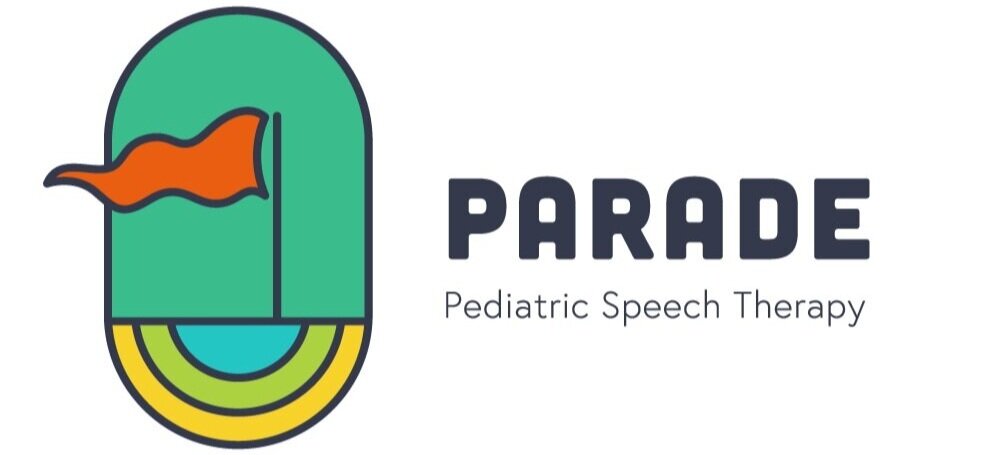Augmentative and Alternative Communication (AAC)
Are you wondering if your child would benefit from using Augmentative and Alternative Communication (AAC)? Does your child already use AAC and you’d like more support to help your child use AAC to communicate?
A few examples of AAC are high-tech communication devices, gestures, pictures, and written words.
Many nonspeaking individuals can benefit from AAC to communicate their thoughts and ideas. We now know that AAC can also benefit speaking individuals, especially in times of dysregulation when speech may not be accessible.
I provide both in-person and online AAC services, including AAC evaluations and speech therapy to support AAC use in daily communication. I also provide AAC consultations for parents and caregivers via Zoom.
I support AAC users in a strengths-based way that encourages them to say whatever they want to say, however they want to say it. Check out my approach here!
Related Trainings
Authentic AAC: Implementing Communication Systems for Autonomy and Connection
My beliefs about AAC
I believe there are no pre-requisites to learning high-tech, robust AAC.
For many years of my career, I was trained to think that kids should have to “work up” to using a high-tech communication device by proving that they could match items to pictures, or understand how to use pictures to communicate before being given access to more robust AAC. Shifting my practice to a strengths-based lens where I presume competence, I believe in giving all learners who would benefit from AAC access to a robust AAC system that fits their needs right away.
I believe that compliance-based AAC therapy does not promote natural communication or motivation to use AAC.
I used to teach AAC in a way that did not allow for a child to say what they wanted to say on their device. For example, I would ask them to “fill in the blank” with an answer, and encourage them to find and press an exact button on their device to say the answer that I was looking for. If learners are always being asked to say what someone else wants them to say on their AAC, it will start to feel like work to the child and not a true communicative tool. After learning more from the neurodiversity movement and strengths-based trainings, I support AAC users in a way that allows them the freedom to speak their mind. I have specialized training in AAC for gestalt language processors.
I believe that all communication methods are valid and autonomous communication is key.
AAC can be part of a total communication approach. I believe it is important to pay attention to all the ways a child is communicating in addition to AAC. For example, if a child reaches for a cookie, that’s communication. Instead of saying, “press cookie on your device,” I would model (ideally on a separate AAC device) “cookie” or “I want a cookie” and I would not require the child to press “cookie” on their device to get the cookie. They’ve already communicated that by reaching for it and requiring a child to press a button on their AAC may make it seem like work instead of their voice. The focus is on modeling on the device to show a child where that vocabulary is on their AAC if they choose to use it, which promotes autonomous communication.

